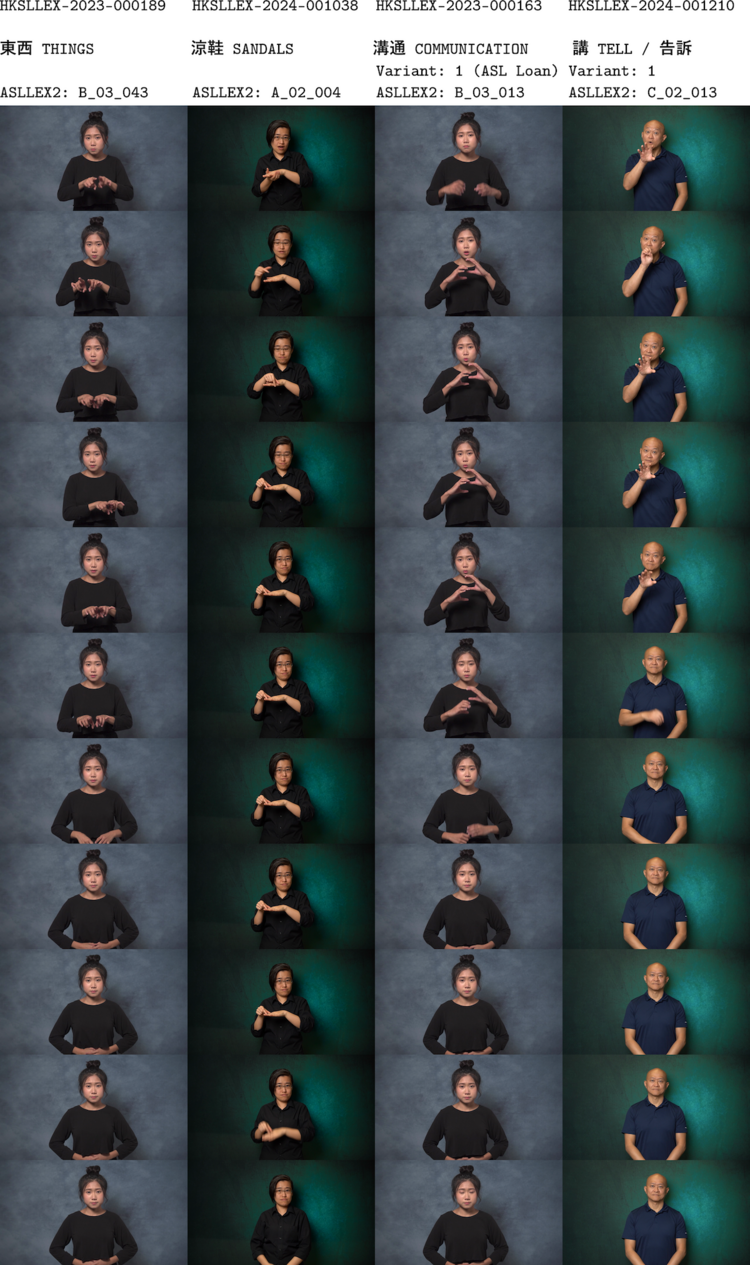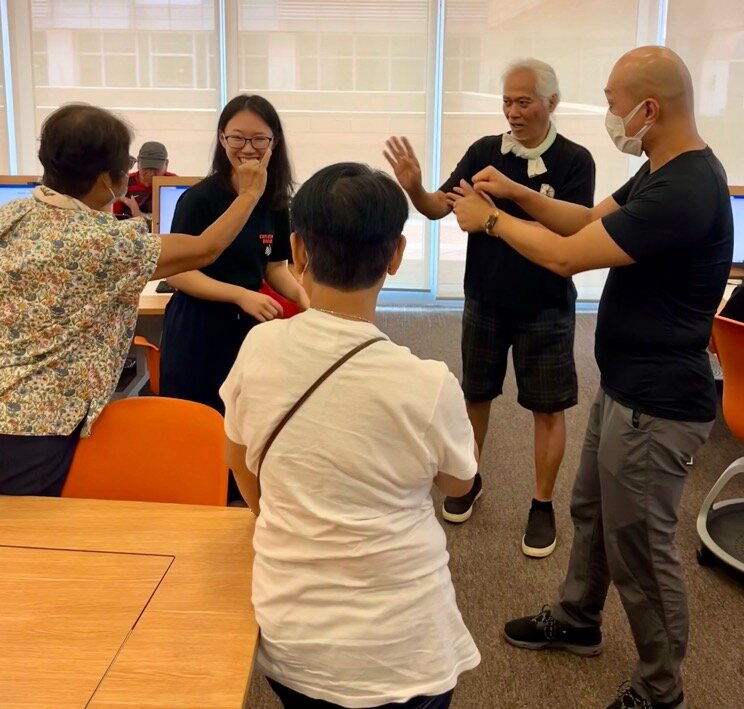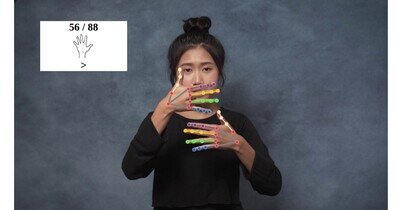Preserving Hong Kong Sign Language: HKU's Inclusive Approach to Safeguarding an Endangered Language
In the vibrant city of Hong Kong, a groundbreaking preservation initiative is underway to save a language that is on the verge of extinction – the Hong Kong Sign Language (HKSL). As the primary means of communication for approximately 6,000 individuals, HKSL is an integral part of the deaf community's cultural identity.
However, the language faces significant challenges, including a lack of institutional support and a dwindling number of deaf schools, as well as no documented evidence of its existence prior to 1935.

Professor Youngah Do
Professor Youngah Do from HKU’s Faculty of Arts has stepped up to the forefront of this crucial endeavour. Professor Do and her team are working tirelessly to preserve HKSL and empower the deaf community through an inclusive and multifaceted approach and had developed a handshape recognition model based on the lexical knowledge of HKSL.
This breakthrough embarks on the primary goal of accurately detecting native signs and analysing second-language (L2) data from hearing learners to gain a deeper understanding of sign language phonology and acquisition. Professor Do explained that the methodology incorporates the complete sign sequence, instead of focusing solely on the peak, to effectively identify handshapes by utilising the visual information accessible throughout the sign. The model closely aligns with the characteristics observed in naturalistic sign language data, and a comprehensive collection of HKSL signs is collected over a span of three years. Within this comprehensive collection includes a diverse range of handshapes including citation signs, monologue narratives, dialogue conversations, folk etymology descriptions, and longitudinal L2 learning data, to ensure this handshape recognition model is exposed to various variations and complexities within the HKSL system, Prof Do added.

HKSL translation & interpretation
Efforts to preserve HKSL through the creation of such a sign language detection model were not without their challenges. However, the team's dedication and innovative approach allowed them to overcome these obstacles and create a groundbreaking technology with far-reaching implications.
One of the primary challenges faced by Professor Do and her team was the lack of comprehensive and standardised HKSL data. Unlike spoken languages, sign languages often lack consistent written records and materials, making it difficult to compile the necessary datasets for effective model training. To overcome this, the researchers collaborated closely with HKSL interpreters, educators, artists, and volunteers from the deaf community to gather high-quality, naturalistic sign language data, and to develop the handshape recognition model and curriculum. This innovative approach empowers hearing students to effectively learn sign language, fostering a deeper understanding and appreciation for the deaf culture. By bridging the language gap, HKU is creating a more inclusive and accessible environment for all.
In a remarkable effort to preserve the endangered HKSL, HKU has also undertaken the monumental task of documenting the language. Video recordings of HKSL signs, created with the invaluable input of deaf consultants and hearing learners, combine naturalistic and structured data – a first in the field of HKSL. This comprehensive documentation serves as a vital resource for future generations, ensuring that the rich cultural heritage of the deaf community is not lost.

Through recruiting elderly Deaf community
members to get engaged in research, we
encouraged a sense of ownership of HKSL
Beyond the academic realm, Professor Do and her team have also demonstrated its commitment to the deaf community through creative and impactful initiatives. A documentary film and art project, involving both deaf and hearing individuals, have been produced, shedding light on the experiences of the deaf community in Hong Kong. These powerful works not only raise awareness but also emphasise the vital role of HKSL in shaping deaf identity.
The impact of Prof Do and her team’s efforts extends far beyond the confines of HKU. HKSL learners who participated in this project have played a crucial role in rescue teams, offering essential emergency assistance to individuals who are deaf or hard of hearing. This tangible contribution to the community's well-being underscores the far-reaching consequences of preserving HKSL.
As the challenge to save HKSL continues, HKU stands as a beacon of hope and innovation. Through its inclusive approach, progressive advancements, educational initiatives, and cultural preservation efforts, HKU is paving the way for a future where the deaf community's linguistic and cultural heritage is not only protected but celebrated. The impact of this work is immeasurable, and the university's commitment to safeguarding HKSL will undoubtedly inspire others to join in and vie for linguistic diversity and social inclusion.



